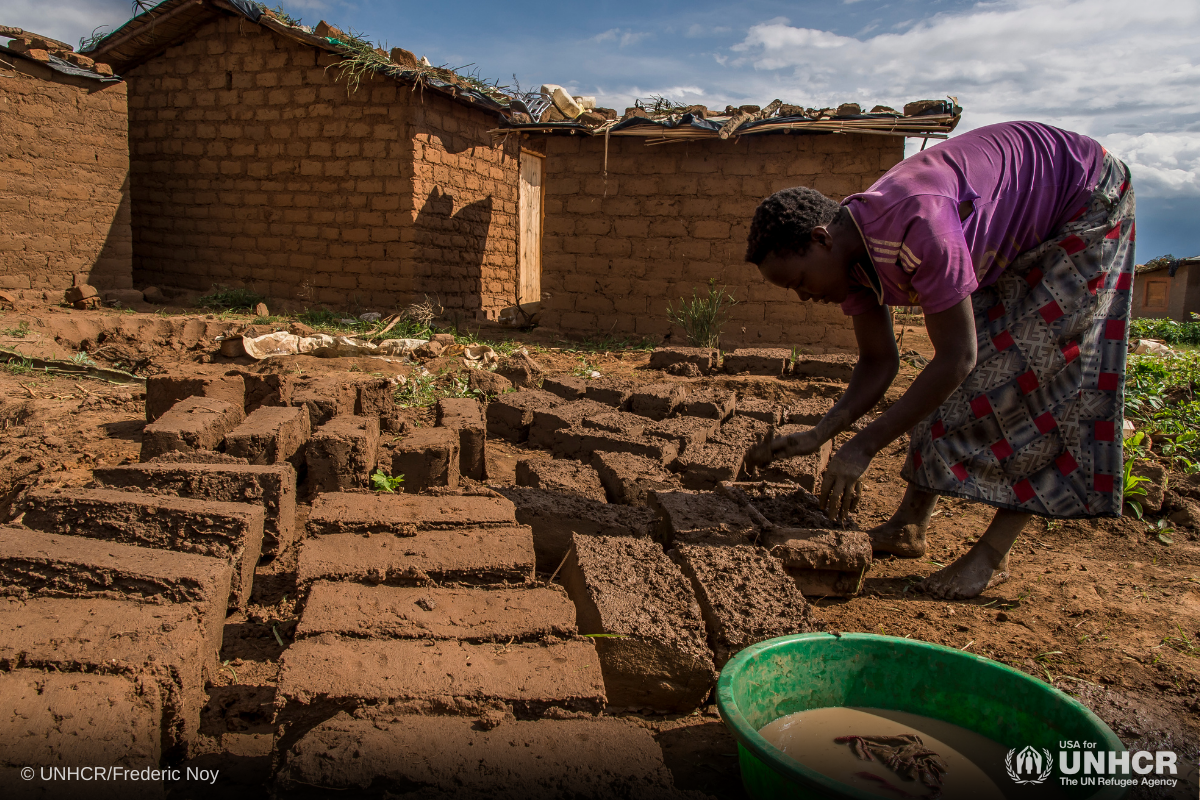Refugee Camps Explained
What do Kenya, Jordan, Bangladesh and Sudan have in common? They host some of the largest refugee camps in the world, home to more than 6.6 million refugees worldwide. While the vast majority of refugees live in urban areas, many seek safety in camps while they find a solution to their displacement. But why are camps created and how do they work?
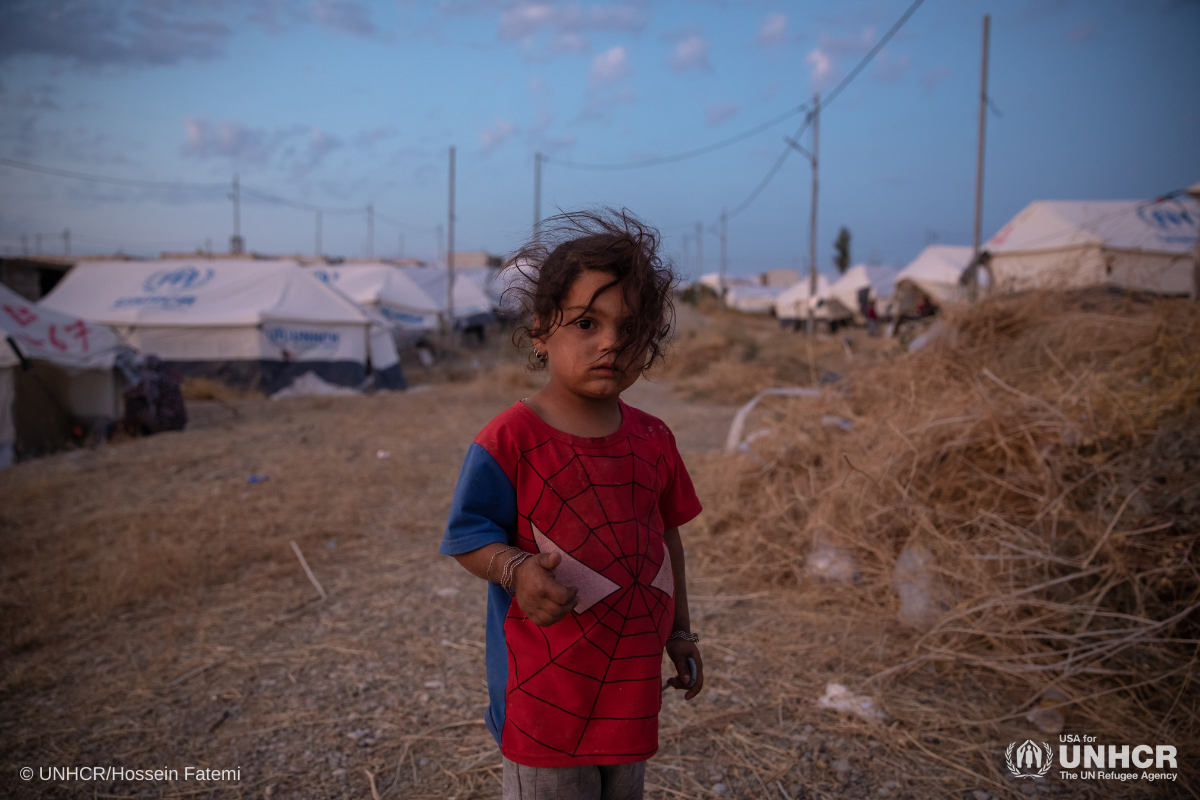
Here’s What You Need to Know:
1. What is a refugee camp?
2. How do refugee camps work?
3. How many refugees live in refugee camps?
4. Where is the world’s largest refugee camp located?
5. How has COVID-19 impacted refugee camps?
What is a refugee camp?
Refugee camps are temporary facilities built to provide immediate assistance and protection to people who have been forced to flee their homes due to violence, conflict or persecution. Refugee camps are initially designed as a short-term solution to keep people safe during specific emergencies, but emergency situations can become protracted, resulting in people living in camps for years or even decades.
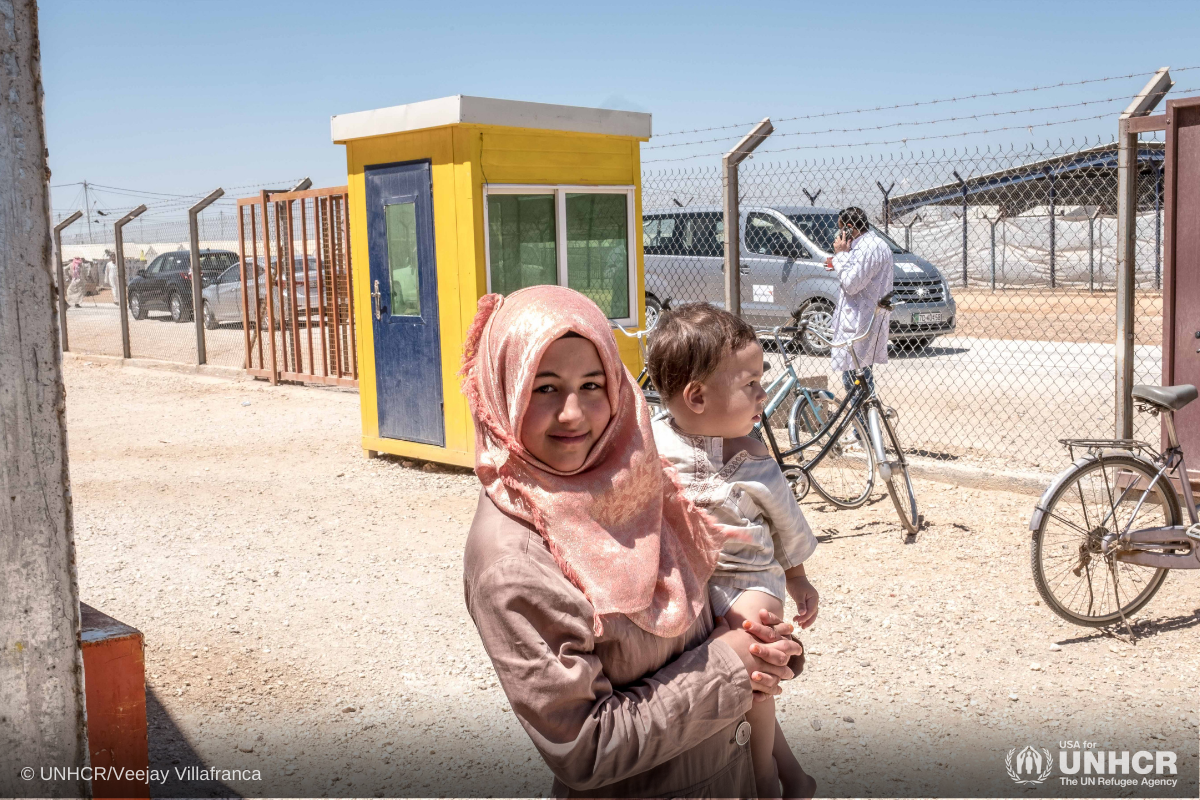
How do refugee camps work?
Refugee camps accommodate people who have crossed international borders seeking safe haven. The initial services provided during an emergency include water, food, shelter, emergency relief items - such as blankets, sleeping mats, mosquito nets, clothing and personal hygiene kits -, healthcare, registration services and legal aid.
In situations of long-term displacement, these services are expanded to include educational and livelihood opportunities as well as materials to build more permanent homes to help people rebuild their lives and achieve self-reliance. The services provided in refugee camps are often also offered to the host communities.
A properly laid out camp should offer people the possibility to create links with their host communities and have access to the local economy, infrastructure and services. It should also provide easy access to water, healthcare and sanitation services as well as protection from the elements and outbreaks of disease.
How many refugees live in refugee camps?
Approximately 22 percent of the world’s refugee population live in refugee camps – an estimated 6.6 million people. Among them, 4.5 million reside in planned and managed camps and approximately 2 million are sheltered in self-settled camps.
The UN Refugee Agency prefers other alternatives over refugee camps that can offer refugees more opportunities to live autonomously and find employment. However, refugees living in urban areas also face major challenges. They are often forced to live in sub-standard dwellings, such as public buildings, collective centers and other types of informal settlements.
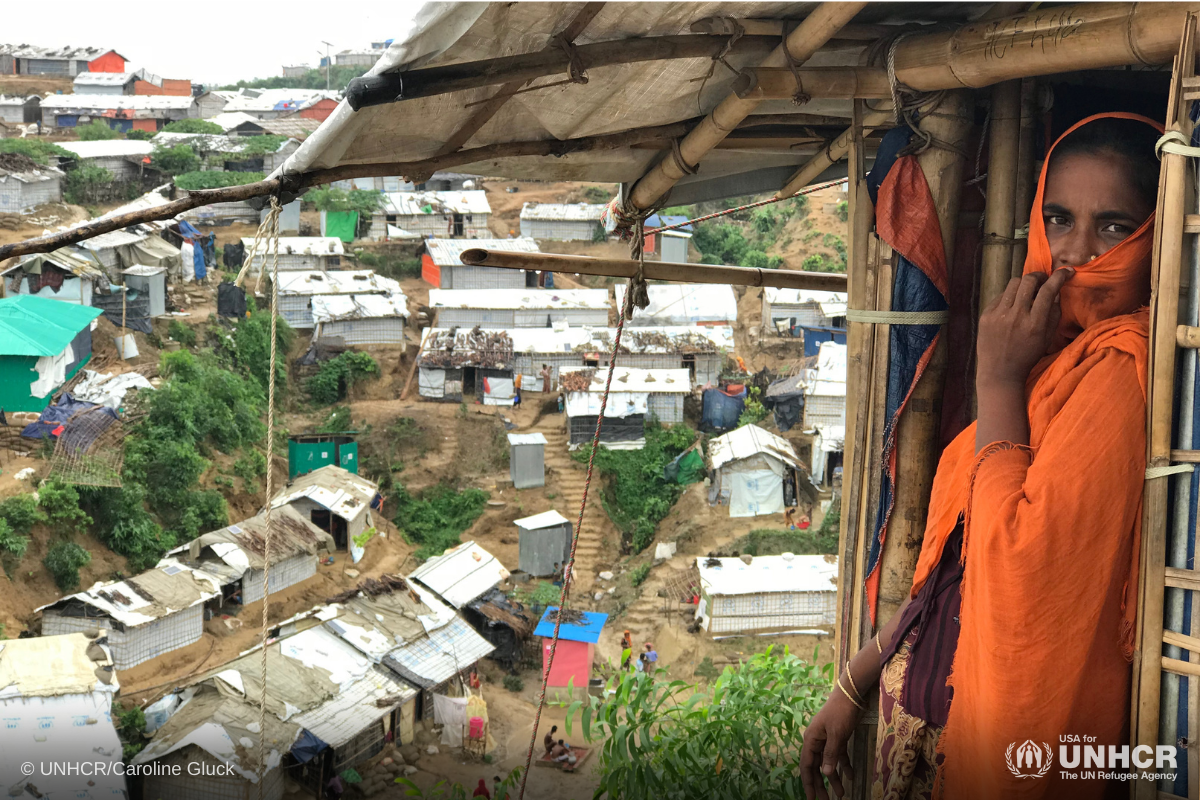
Where is the world’s largest refugee camp located?
The Kutupalong refugee settlement, located in the Cox’s Bazar region of Bangladesh, is currently the world’s largest refugee camp. The settlement includes approximately 26 camps that host more than 800,000 Rohingya refugees who fled violence in Myanmar’s Rakhine State -more than half of whom are children.
On March 22, a massive fire broke out at Kutupalong refugee camp, destroying 9,500 shelters and leaving more than 45,000 refugees temporarily homeless. Approximately 1,600 important infrastructure facilities - including hospitals, learning centers, aid distribution points and a registration center - were also destroyed. For the thousands of Rohingya refugees who had already suffered trauma when they were forced to flee Myanmar in 2017, this will be the second time they will have to restart their lives.
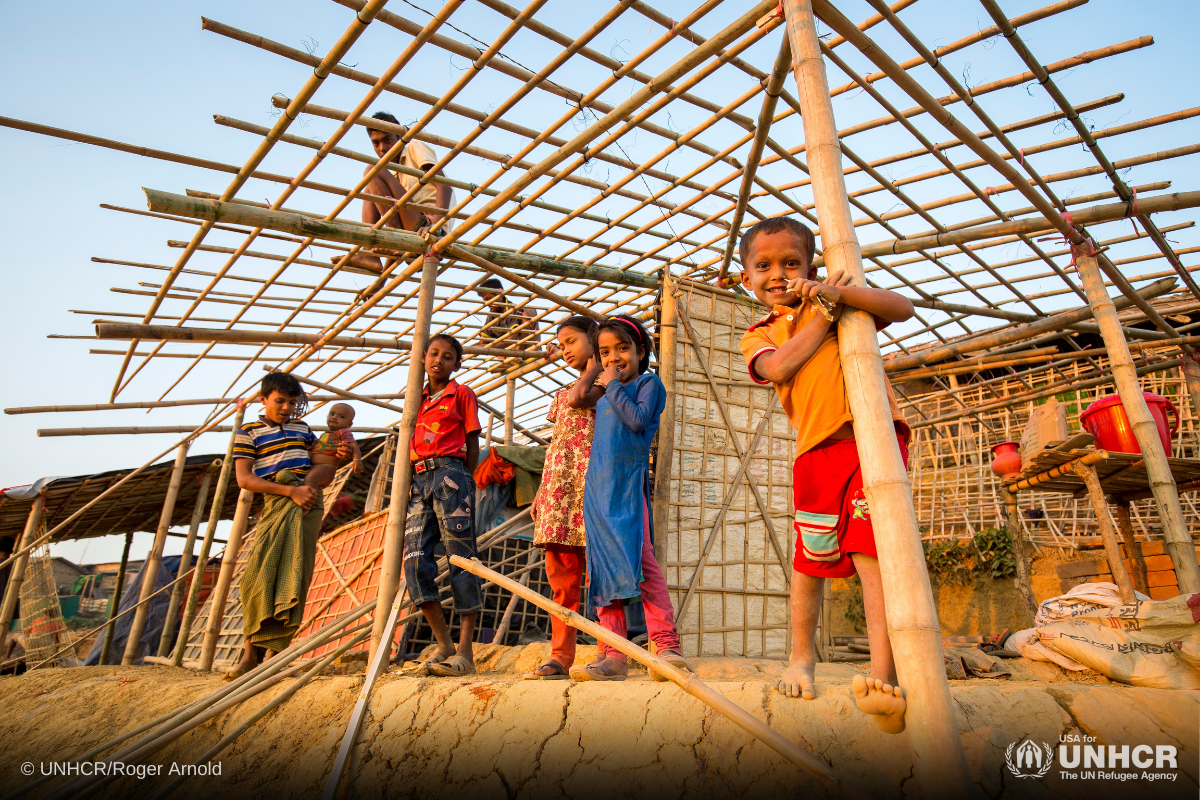
Other refugee camps hosting large numbers of refugees are Kakuma, Dadaab and Hagadera refugee camps in Kenya, Zaatari and Azraq refugee camps in Jordan, Bidi Bidi refugee camp in Uganda and Um Rakuba refugee camp in Sudan, which is responding to the growing crisis in the Tigray region of Ethiopia.
Learn more about how is life inside the world’s largest refugee camps
How has COVID-19 impacted refugee camps?
While no major outbreaks have been reported in refugee camps, refugees are at heightened risk of COVID-19 due to overcrowded living conditions and limited access to clean water and sanitation facilities.
Lockdowns and restrictions of movement during the pandemic have also reduced livelihood opportunities, pushing thousands of refugee families into poverty and making them more reliant on humanitarian aid.
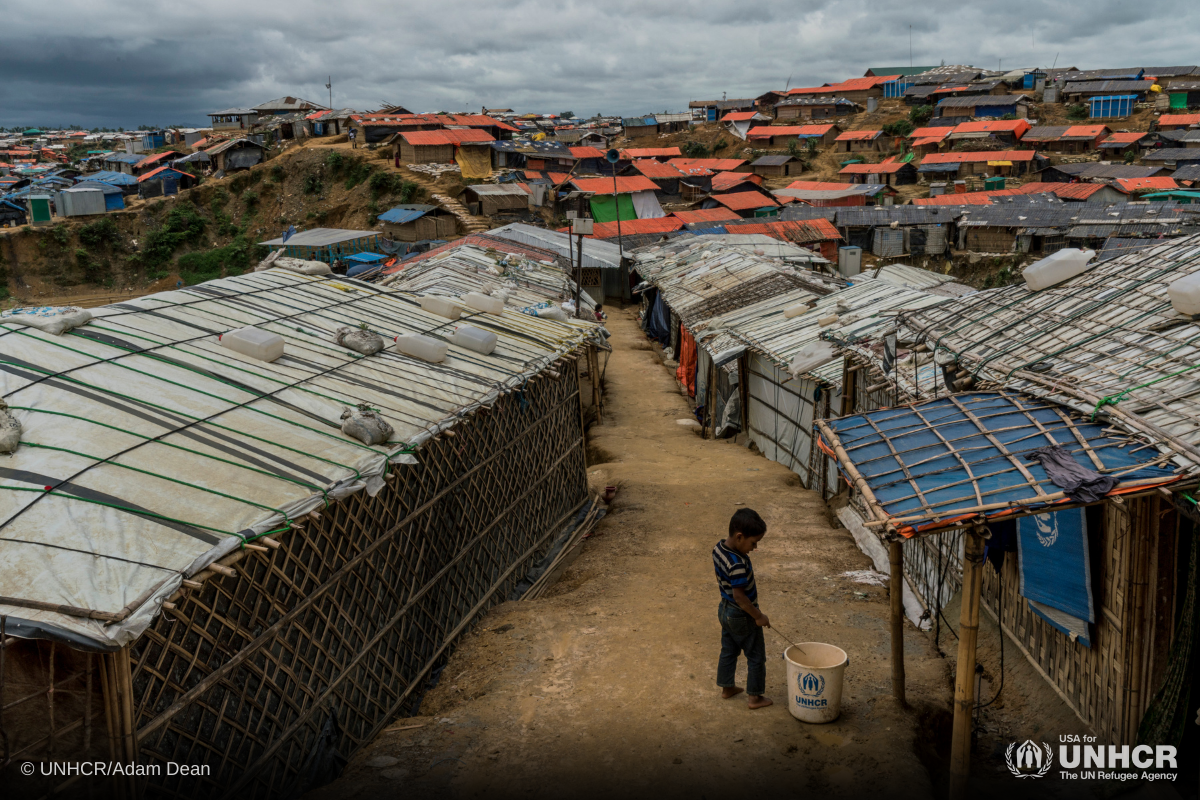
COVID-19 has also taken a devastating toll on refugee resettlement. In 2020, many countries temporarily suspended their resettlement programs, leaving millions of refugees stranded and without the possibility to restart their lives. From the 1.44 million refugees in need of resettlement last year, fewer than two percent were resettled - the lowest resettlement numbers recorded in almost two decades and an 80 percent reduction from the previous year.
How to help people living in refugee camps?
Becoming a monthly donor is the best way to help us ensure families in refugee camps have access to immediate aid, including critical supplies and programs to help them rebuild their lives. Your generosity can keep their hope alive during these unprecedented times.
